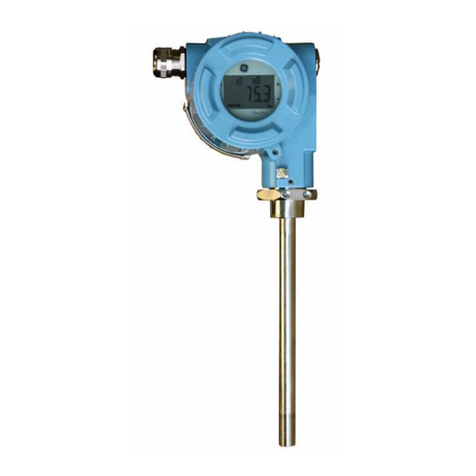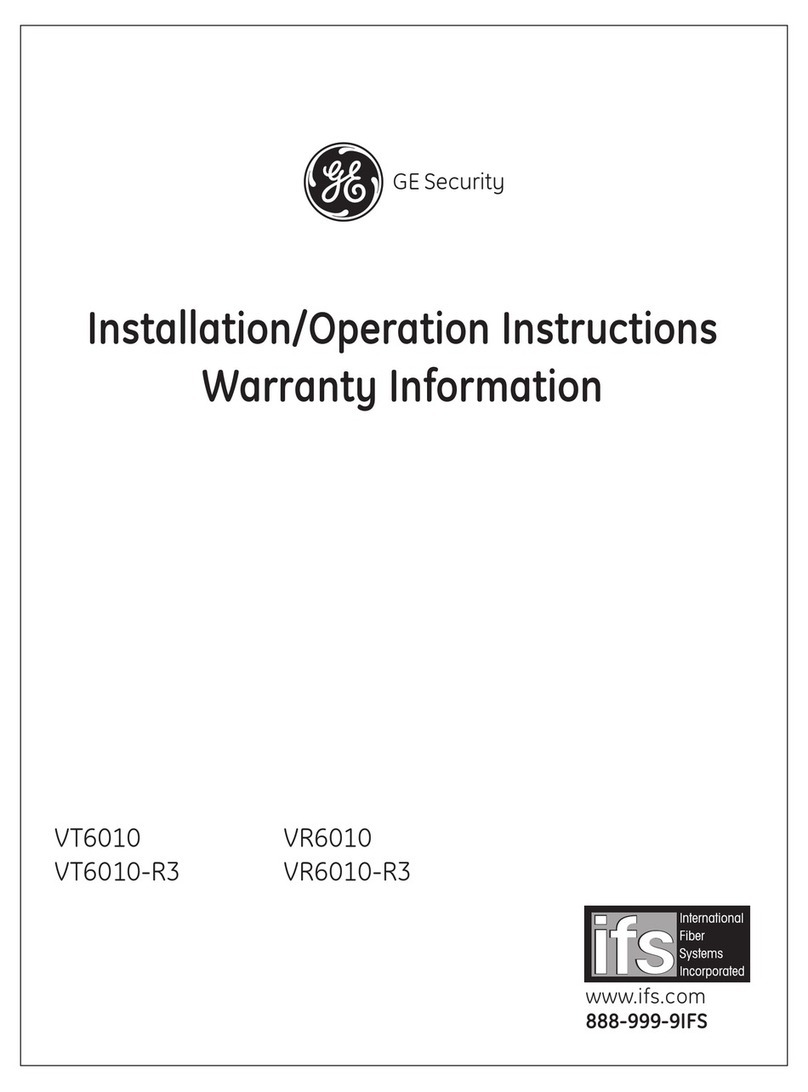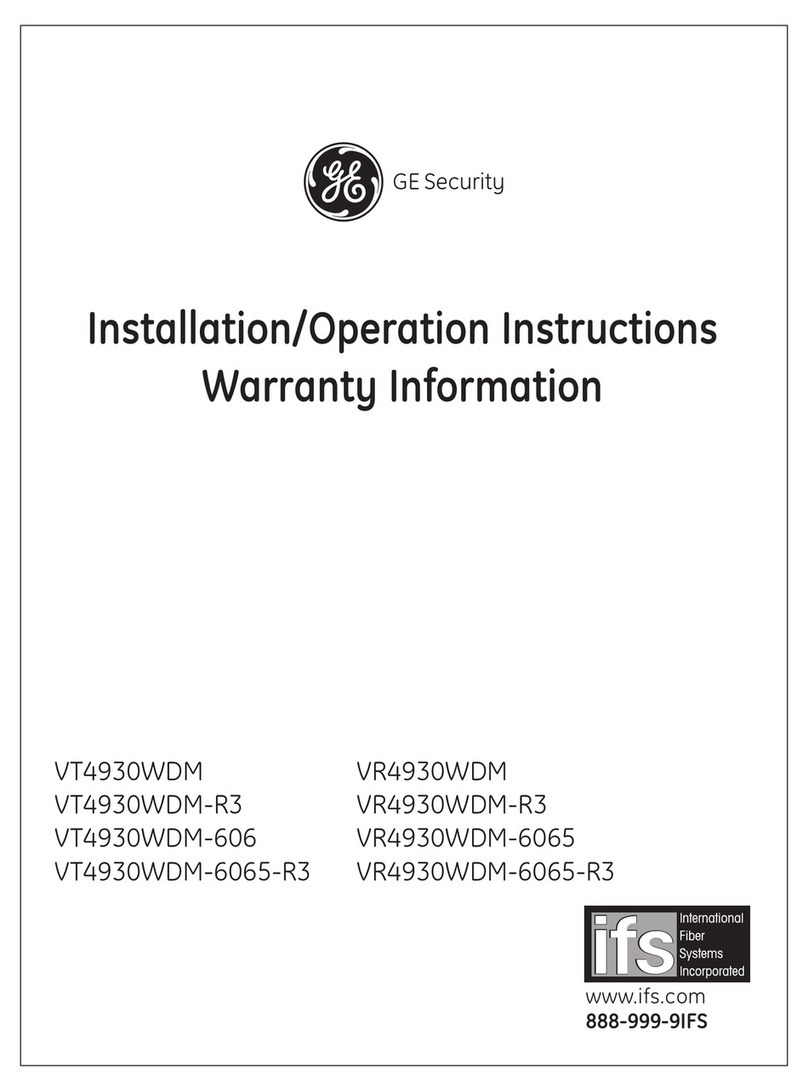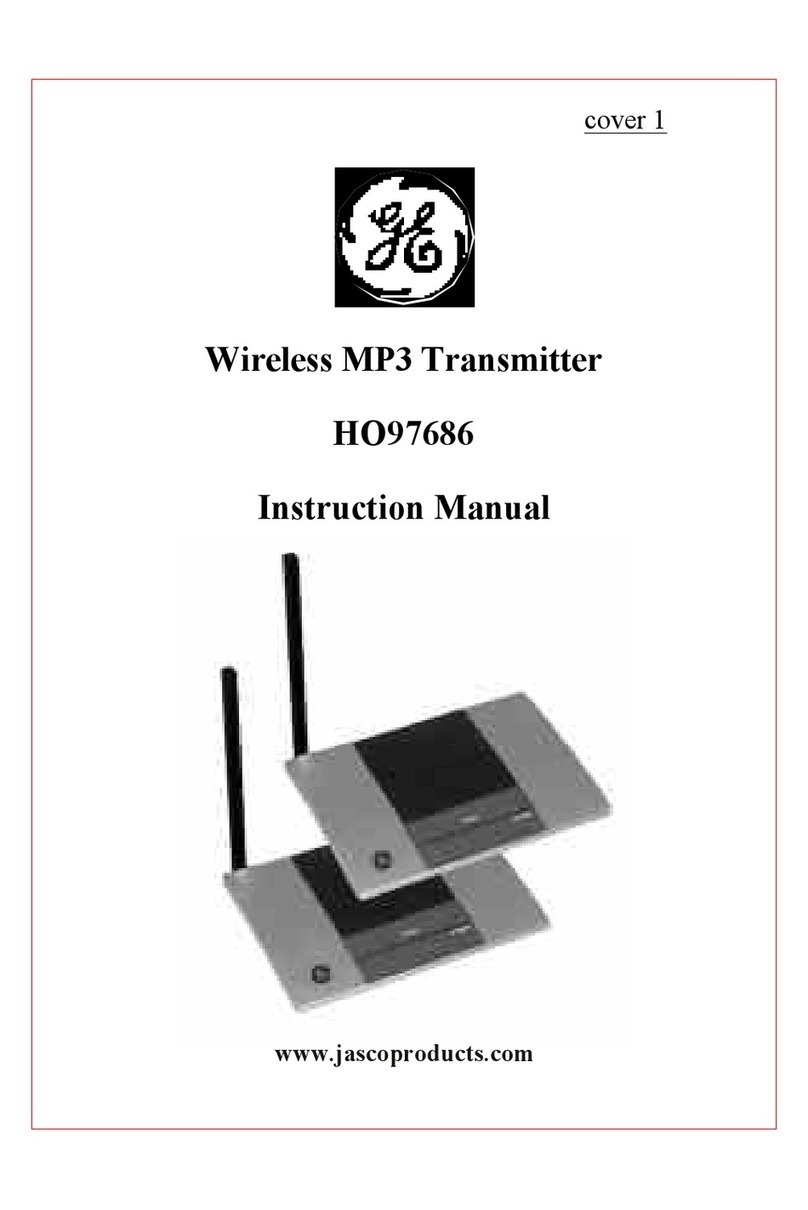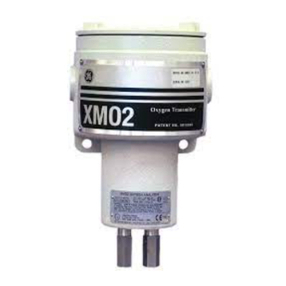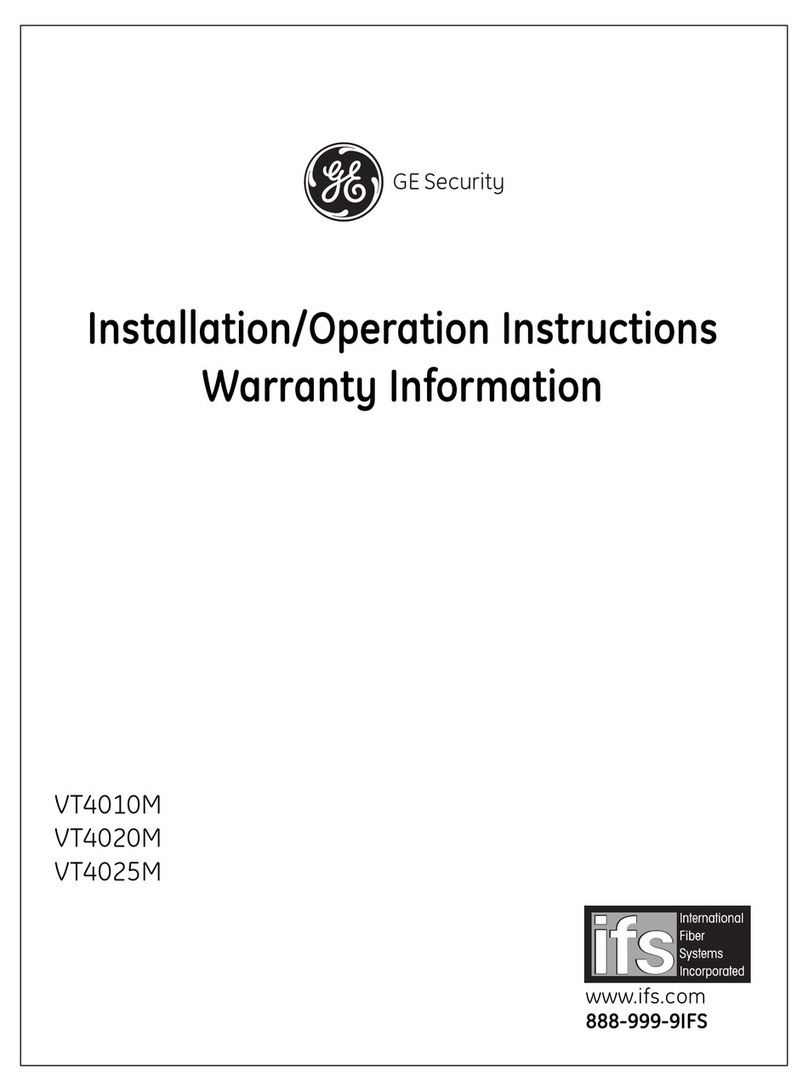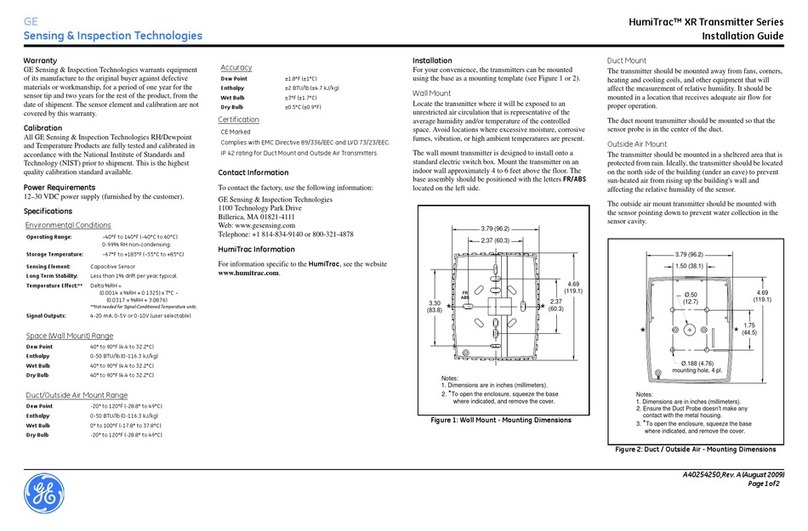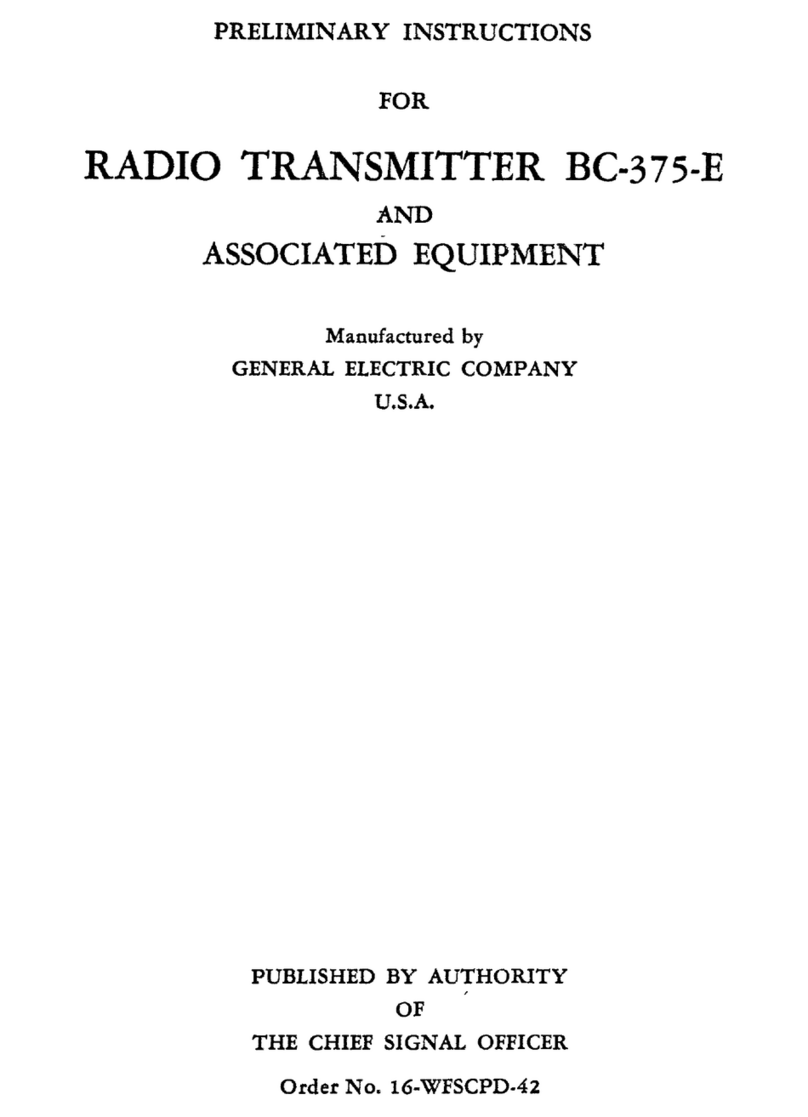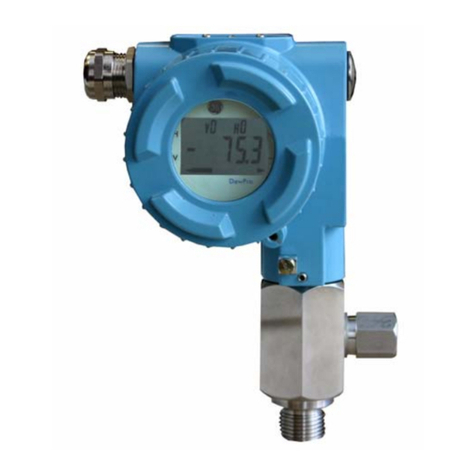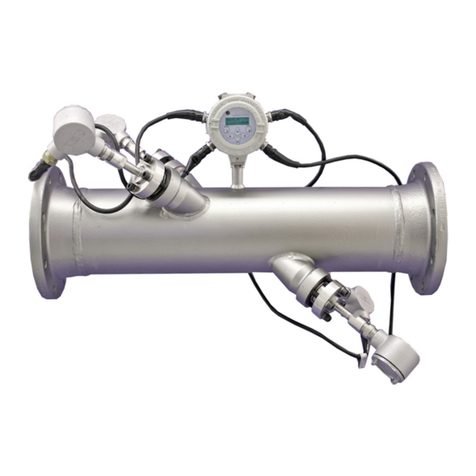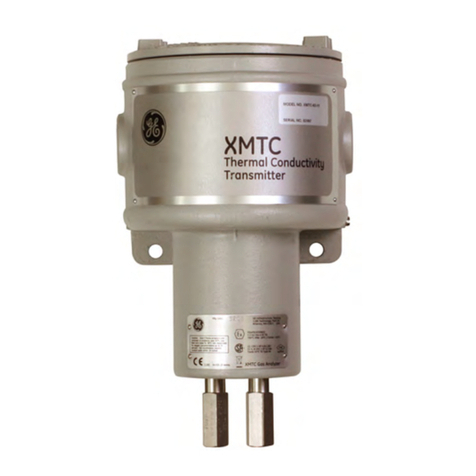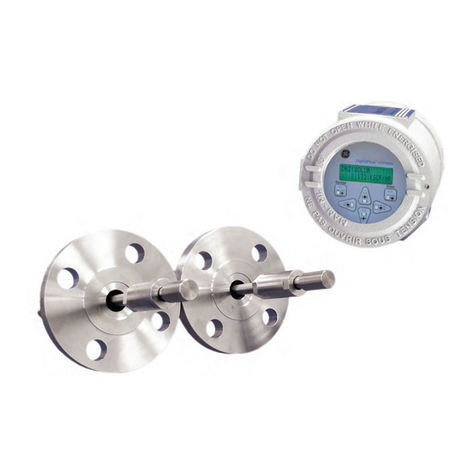GE HygroPro User manual
Other GE Transmitter manuals
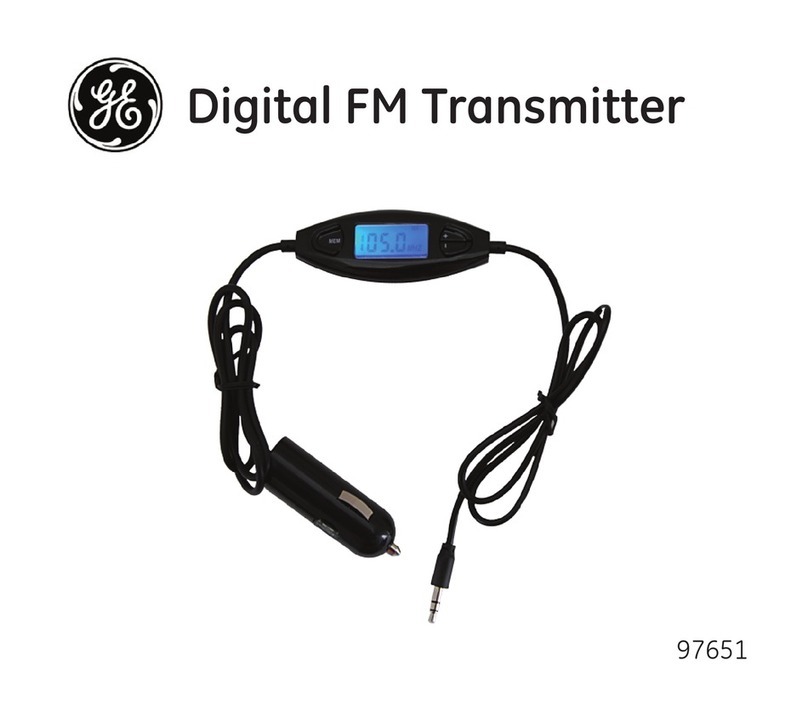
GE
GE 97651 User manual
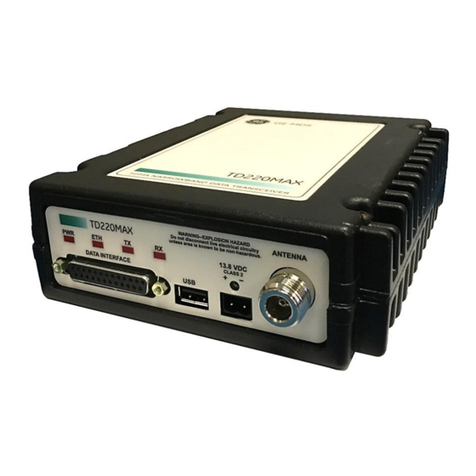
GE
GE MDS TD220MAX User manual
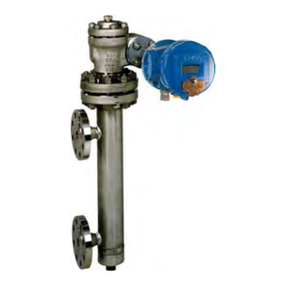
GE
GE Masoneilan 12420 Installation and operating manual
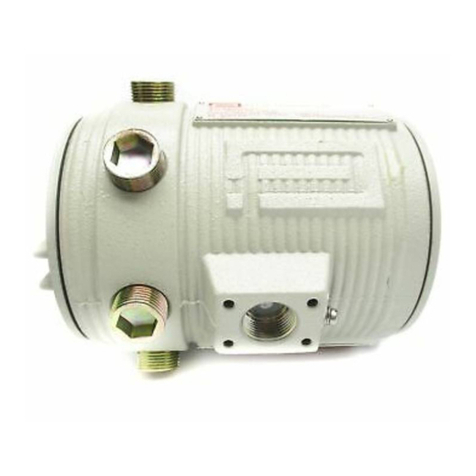
GE
GE XMT868 User manual

GE
GE IFS VT1101M Installation guide
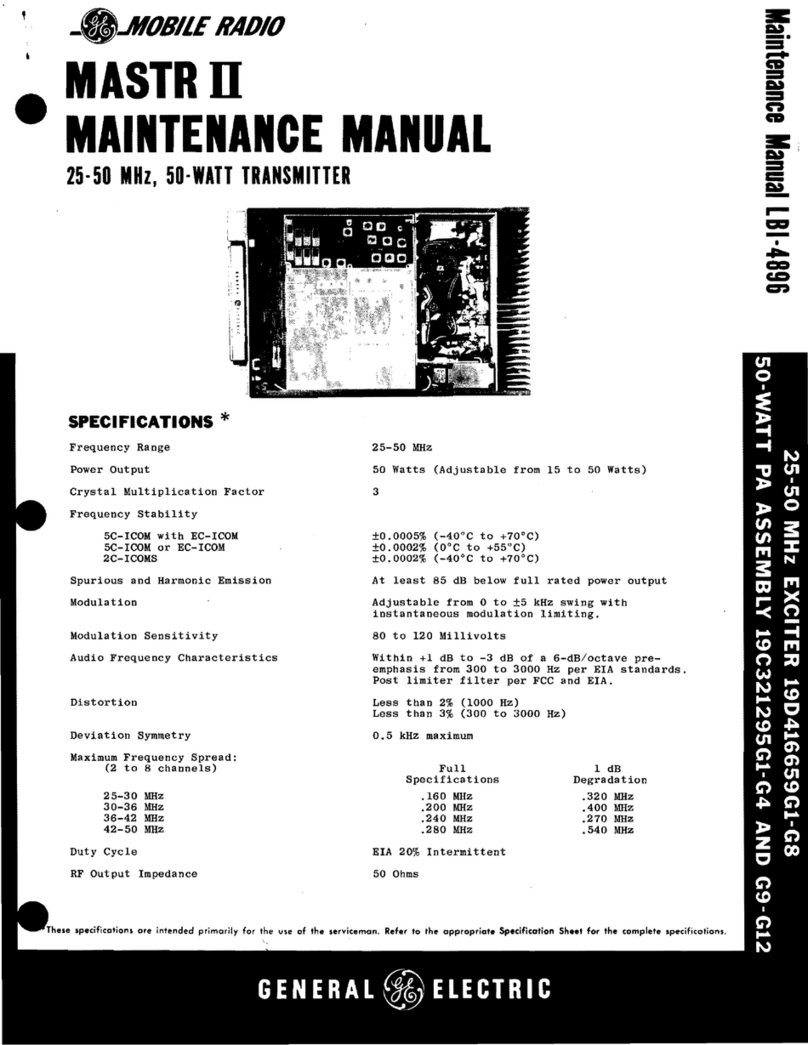
GE
GE MASTR II User manual

GE
GE XGS868 Owner's manual
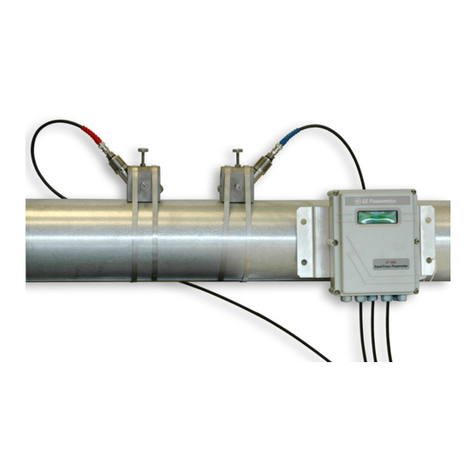
GE
GE AquaTrans AT868 User manual
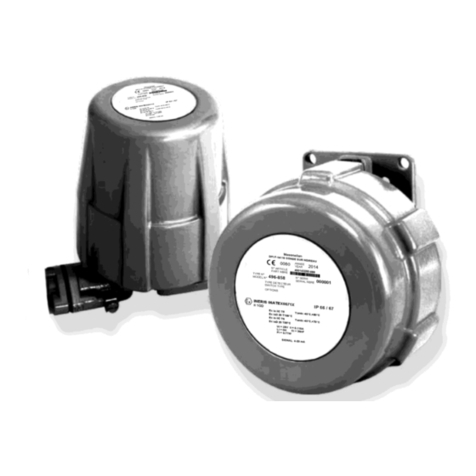
GE
GE Masoneilan 469 Series User manual

GE
GE AquaTrans AT868 User manual
Popular Transmitter manuals by other brands

Geo
Geo Web Pack quick start guide

Inovonics
Inovonics EchoStream EN1210W installation instructions

IKONNIK
IKONNIK KA-6 quick start guide

Rohde & Schwarz
Rohde & Schwarz SR8000 Series System manual

Audio Technica
Audio Technica UniPak ATW-T93 Installation and operation

NIVELCO
NIVELCO EasyTREK SCA-300 Series Programming manual
